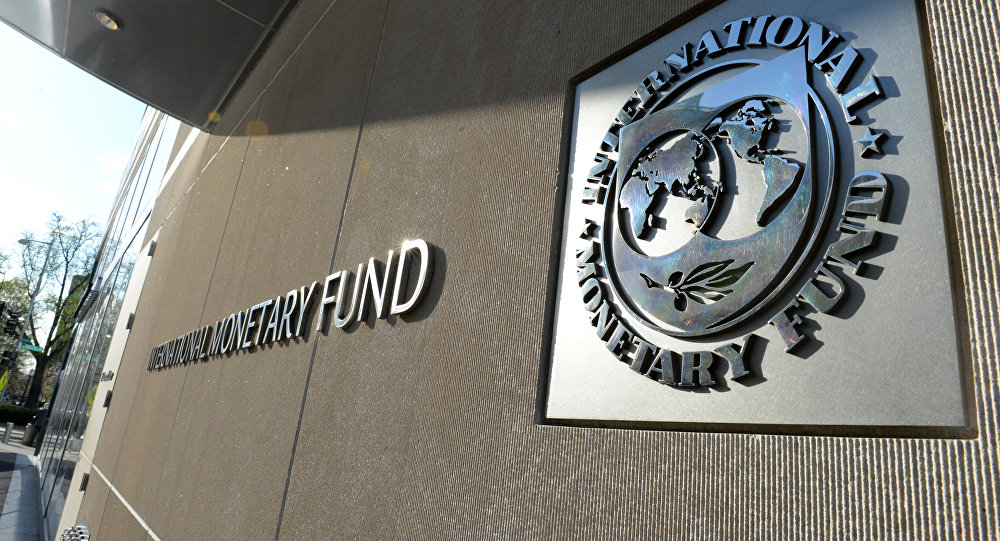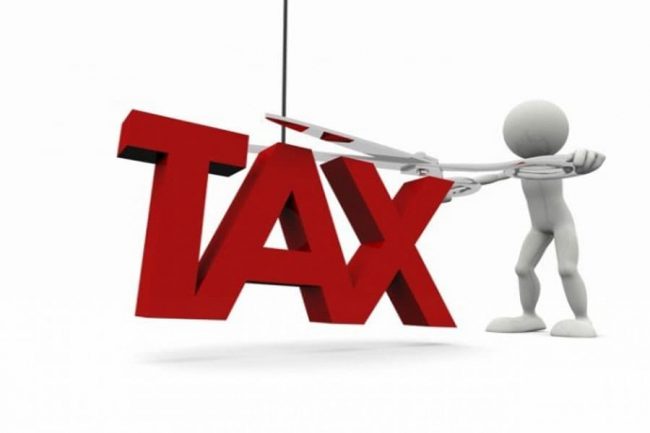The GDP growth rate of the economy is likely to beat the International Monetary Fund (IMF) prediction of -1.8 per cent for this year, the Ministry of Budget and National Planning said yesterday.
Although the data from the National Bureau of Statistics (NBS) shows that the GDP declined by -2.06 per cent in second quarter, the ministry noted that the emerging signal points to the fact that the agriculture and solid minerals – the two sectors given priority by the Federal Government – are beginning to respond to policy initiatives.
In a statement by Budget & National Planning minister’s media adviser Akpandem James, the ministry described as cheery news that the month-on-month increase rate has fallen continuously over the past three months even in the face of high inflation rate.
For the high unemployment rate, the statement said that unemployment was a structural nature and usually so whenever growth slowdowns.
“It is expected that the social safety net initiative will slow down the unemployment rate before the end of the year”, the statement said.
According to the ministry, past vulnerabilities of the economy combined with the short-term effect of the structural changes complicates the trajectory of growth and inflation, pointing out that this formed the basis for negative growth in Q1 and Q2.
It, however, noted that the rest of the Q2 data is beginning to tell a different story.
“There was growth in the agricultural and solid minerals sectors which are the areas in which the Federal Government has placed priority. Agriculture grew by 4.53 per cent in the second quarter as compared with 3.09 per cent in the first quarter,” the statement reads.
“The metal ores sector showed similar performance with coal mining, quarrying and other minerals also showing positive growth of over 2.5 per cent.
“Notably also, the share of investment in GDP increased to its highest level since 2010, growing to about 17 per cent of the GDP.”
It indicated that the manufacturing sector, though not completely out of the woods yet, was beginning to show signs of recovery. “The service sector similarly bears watching as available data already shows a reduction in imports and an increase in locally produced goods and services,” it said.
The ministry expressed optimistic that the trend will be maintained, although it will start off slowly at the initial stages before picking up later.
Explaining the GDP decline in the second quarter, the ministry said a close look at the data has shown that the outcome was mostly due to a sharp contraction in the oil sector due to huge losses of crude oil production as a result of vandalism and sabotage.
It added that the commitments to stop attacks on oil installations in the Niger Delta will reverse the trend and improve government earnings.
The statement said: “This would however be a temporary solution in the sense that it still promotes the weak economic structure of the past which it said manifested in two ways – the over-reliance on crude oil and the country’s economy being mainly consumption driven with a high import propensity.
“With crude oil contributing 8-12 per cent of the GDP and up to 50-53 per cent of the non-oil sector dependent on the oil sector, it is clear that the fortunes of up to 60 per cent of the economy rested on a volatile sector. This shaky foundation was masked in the past by high oil prices and reasonably high foreign reserves.
“Again with the availability of foreign exchange it was possible to drive growth in national income through consumption without feeling the fallout of such structural weaknesses,” it added.














